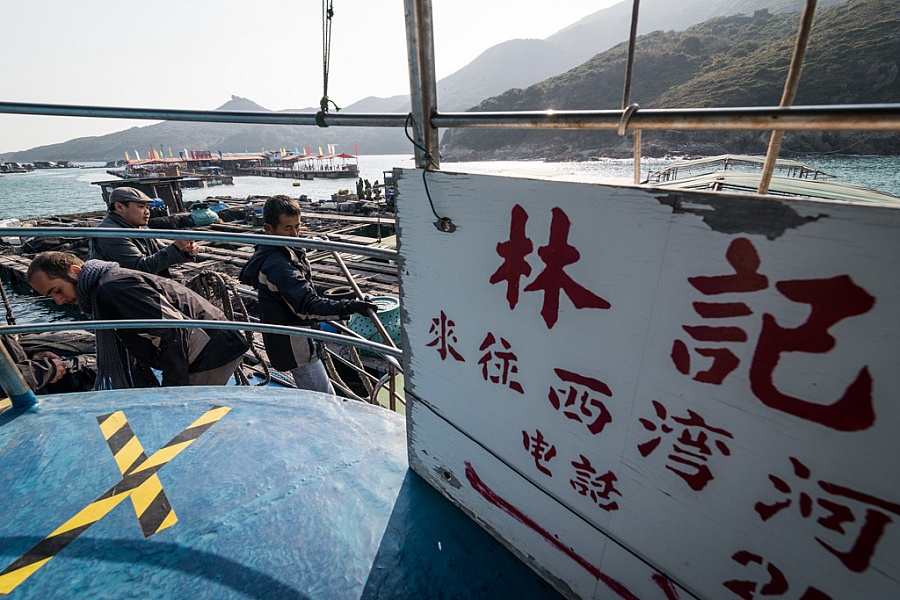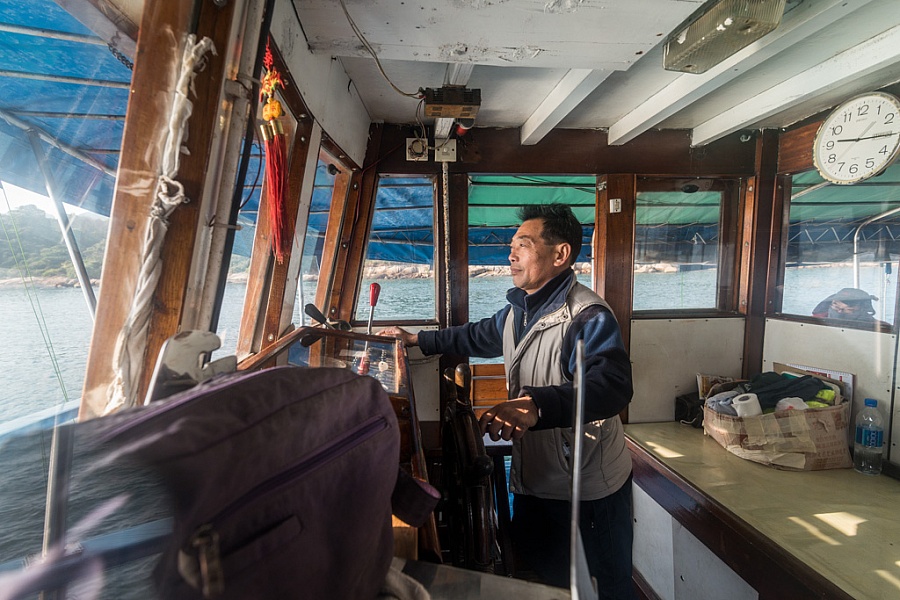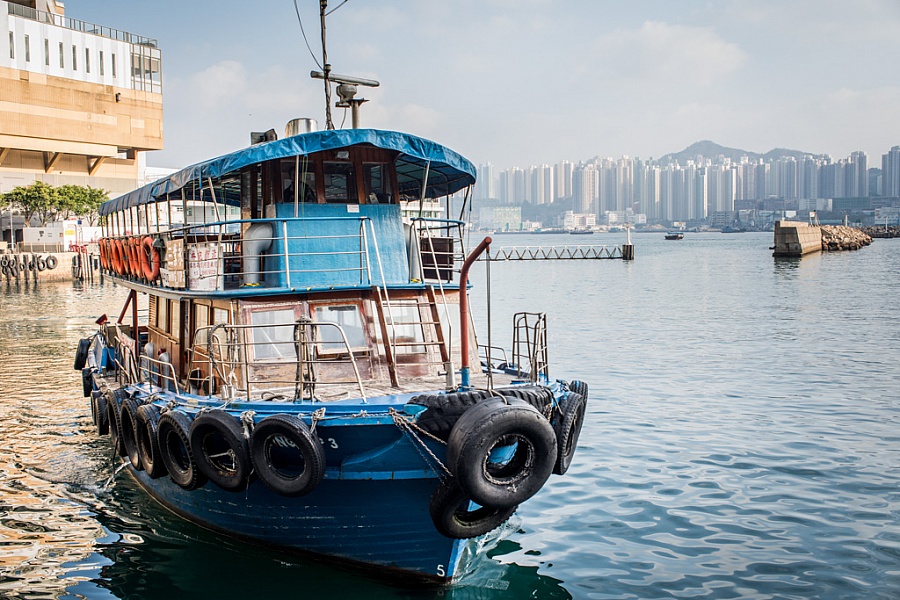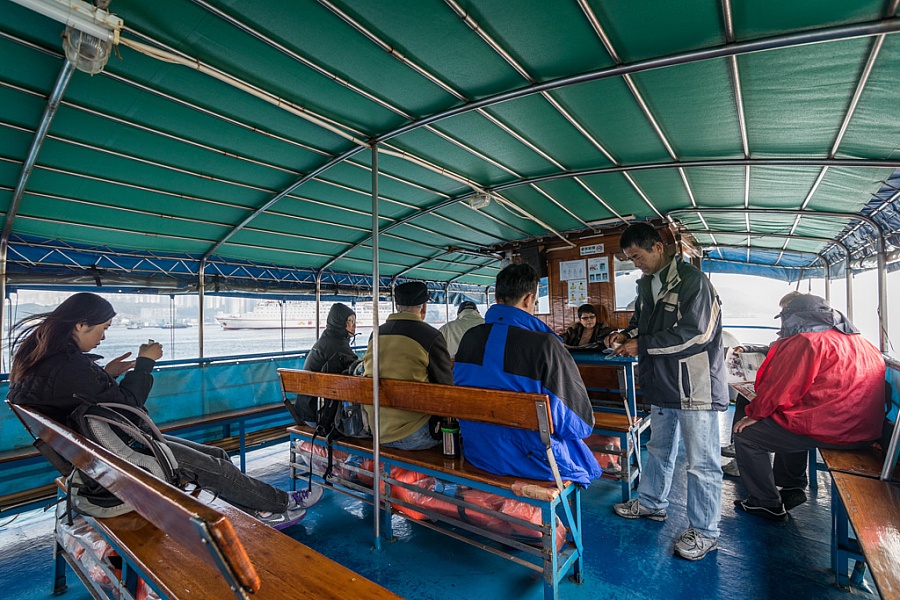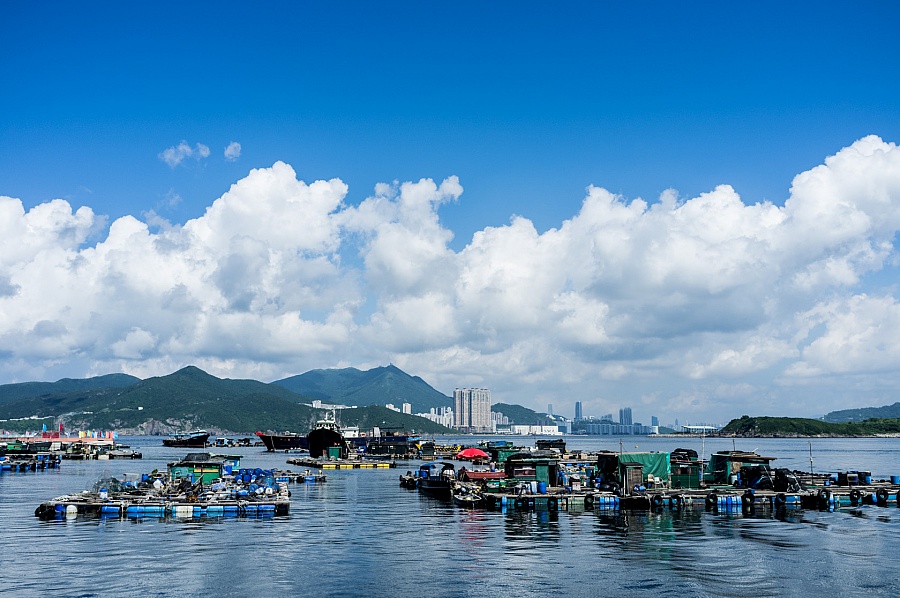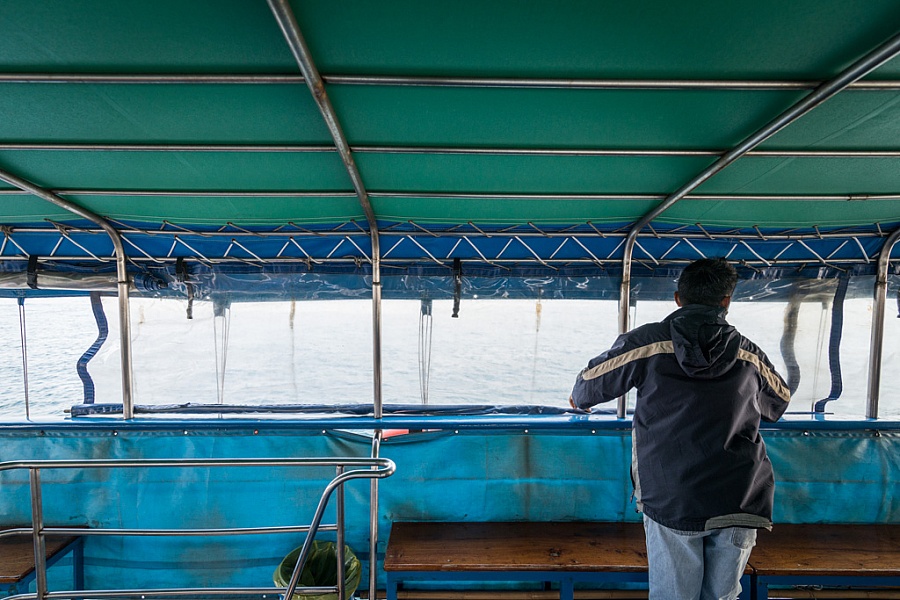This image of total satisfaction from a weekend island getaway has stayed vividly in my mind long after the briny sea breeze went and the sun set.
I see myself sipping lemon tea at a beachside cafe, overlooking Fat Tong Mun Channel (literally ‘Buddha House Gate’; this stretch of waters lies southeast of Sai Kung) and indulging in the sound of waves splashing against the rocks. It took less than an hour to reach the scenic and tranquil Tung Lung Island near Clear Water Bay. The walk from my home to the pier at the Sai Wan Ho waterfront is always pleasant. From there I got on the boat to the island. During the 30-minute ride, I stood behind the railings at the back of the vessel, looking at the ocean and let the sea breeze blow away all the worries. The round trip by ferry and the drink cost less than $100.
But this refreshing weekend jaunt is perhaps an experience that is no more. The boat running between Sai Wan Ho and Tung Lung Island ceased operation a few days before the Lunar New Year, after serving the public for 65 years.
Leung Tze-ho, 63, is the owner of the boat. He’s selling his vessel because his ferry business was just not making money and he had to stop the losses before the situation became irretrievable. “My business is too small to survive,” Leung said. He bought Lam Kee Kai To from a Mr Lam 23 years ago but he never renamed the company after his family name. (‘Kai To’ means a small motorized ferry service to the outlying islands). Since then, he’s been the owner, the ticket man, the cleaner and one of the two crew members.
Leung was born on a boat in Junk Bay, which was the old name for present-day Tseung Kwan O. He moved on to the land when he’s a teenager and he started working in factories manufacturing gloves. When the business he was working for moved to Shenzhen in the early 1980s, he returned to the sea. His anchorage was Tin Ha Bay, now part of the reclaimed Tsuen Kwan O Industrial Estate.
“I returned to fishing, and I also ran a fish farm there. Life was good until the students’ democratic movement in Beijing in 1989. The movement was eventually crushed by a bloody crackdown. Confidence in Hong Kong plummeted. It hurt my fish business badly. Prices of expensive fish dropped more than half.”
Fortunately Leung managed to survive the downturn and he later opened another fish farm off the water of Tung Lung Island and bought the ‘Kai To’ service. Yet things had not been exactly plain sailing since, with the reclamation of the West Kowloon Cultural District dealing a serious blow to the health of the harbour. “The reclamation messed up the sea badly. There are ships everywhere to mine sand for reclamation. The water got so polluted and it never recovered from that sand-mining exercise. Seaweed is a sign that the sea is healthy. Do you remember we used to have a lot more seaweed along the coast?”
However, what really killed Leung’s ‘Kai To’ business isn’t pollution but cold, hard economics. High operation costs and shrinking business in an increasingly crowded market were to blame for the demise of his business. “The maintenance cost is very high because of the inspection requirements from the Marine Department. Also, many people have turned to taking luxury boats when they go to the small islands. There is no way small companies like us can survive in today’s Hong Kong.”
Born at the sea, Leung will continue to rely on the sea for this living. He has a sampan with which he takes people to go leisure fishing in all corners of Hong Kong waters.
For the dozen residents of Tung Lung Island and visitors, including myself, public transportation between the peaceful retreat and the rest of Hong Kong will now have to totally rely on the one and only remaining ferry service from Sam Ka Tsuen in Lei Yue Mun.
